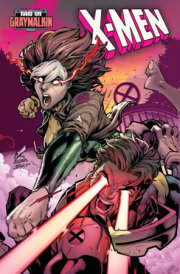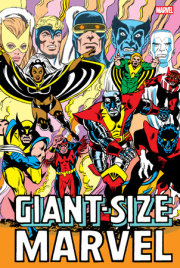Bill Mantlo began his Marvel career on Deadly Hands of Kung Fu, in which he introduced White Tiger, one of the industry’s earliest Hispanic super heroes. Eventually writing stories for almost every Marvel title, he did some of his most fondly remembered work on Incredible Hulk and Spectacular Spider-Man. He also launched Cloak and Dagger in a pair of miniseries and guided Alpha Flight through some of its most harrowing ordeals. Mantlo excelled at integrating licensed properties into the Marvel Universe, as demonstrated by Micronauts and Rom: Spaceknight, both of which he wrote from start to finish. At DC, he wrote the Invasion miniseries for one of the company’s biggest crossover events.
Gerry Conway wrote Daredevil, Incredible Hulk, Iron Man and others. He was instrumental in Marvel’s 1970s horror boom with work on Man-Thing, Tomb of Dracula and Werewolf by Night. His years on Amazing Spider-Man yielded such historic highlights as the groundbreaking death of Gwen Stacy and the debut of the Punisher. He also wrote DC’s Batman, Superman, Wonder Woman and Legion of Super-Heroes. For TV, he has written and produced episodes of Diagnosis: Murder, Hercules: The Legendary Journeys, Huntress and Matlock.
Beginning as Stan Lee’s production assistant, Herb Trimpe (1939-2015) went on to pencil a seven-year run on Marvel mainstay Incredible Hulk — during which he debuted the future X-Man, Wolverine — as well as 1970s classics Marvel Team-Up, Shogun Warriors and Godzilla. He was equally prolific during the 1980s on Nick Fury, The ’Nam and G.I. Joe; the 1990s saw him illustrate Marvel’s First Family on Fantastic Four Unlimited. Trimpe’s war-story credits also include the introduction of the Phantom Eagle, the WWI aviator hero whose adventures were later chronicled by Garth Ennis.
One of the Golden Age’s earliest talents, George Tuska (1916-2009) created characters for Fiction House, Harvey Comics and Fawcett Comics’ Captain Marvel Adventures, among many others. He helped launch one of the most popular post-war genres in Lev Gleason’s Crime Does Not Pay. He eventually provided multi-genre art for Atlas Comics, to which he returned following its transformation into Marvel. Tuska penciled Ghost Rider, Luke Cage: Power Man and Sub-Mariner, as well as a 10-year Iron Man stint. At DC, he illustrated Challengers of the Unknown and Superman, among others. As a comic-strip artist, Tuska drew Buck Rogers, Scorchy Smith and DC’s World’s Greatest Superheroes. His final industry work was cover art for Masquerade, part of Dynamite’s Golden Age character revival, bringing him full circle.
Keith Pollard drew simultaneous runs on three of Marvel’s longest-running titles: Amazing Spider-Man, Fantastic Four and Thor, including Roy Thomas and Mark Gruenwald’s “Eternals Saga.” During the 1990s, he singlehandedly penciled hundreds of characters for the Official Handbook of the Marvel Universe: Master Edition.
The Marvel Preview series “The Sword and The Star” was not only Rocket Raccoon’s first appearance, but Keith Giffen’s first published work. He moved into more mainstream titles with Defenders, penciling the adventures of the infamous non-team during some of its most nontraditional storylines. It was at DC, however, that he achieved his greatest recognition with creations Ambush Bug, an irreverent wannabe hero who tackled the comics industry itself, and alien mercenary Lobo, who was meant as an indictment of the violent vigilante genre, but became its most extreme success story. In addition to famed stints on Legion of Super-Heroes and Justice League, he also wrote X-O Manowar and Magnus, Robot Fighter for Valiant Comics, and adapted mangas Battle Royale and Ikki Tousen into English. He has played a vital role in cosmic crossovers at both Marvel and DC, writing Annihilation tie-ins for the former, and penciling 52 and Countdown to Final Crisis for the latter.





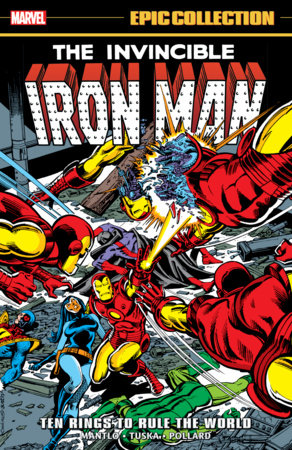
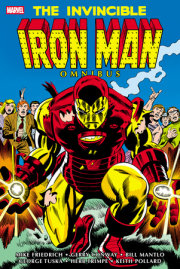
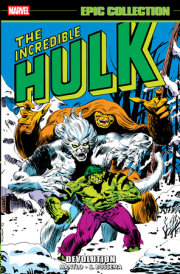
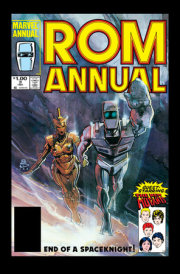
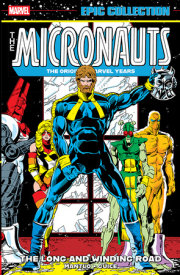
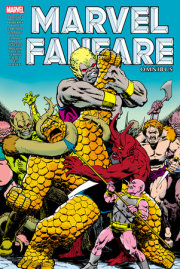
![Avengers Epic Collection: Under Siege [New Printing]](https://images.penguinrandomhouse.com/cover/9781302967642?width=180)
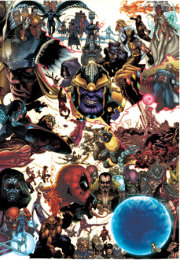
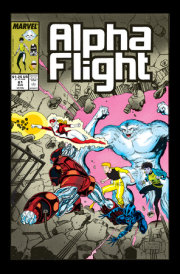

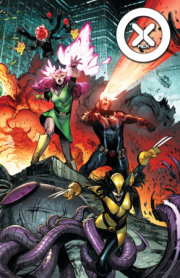
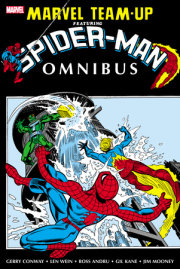

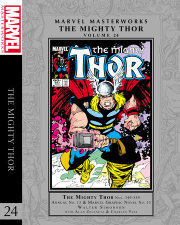
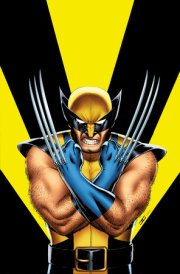

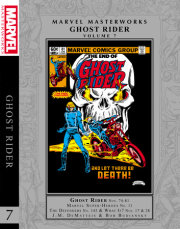
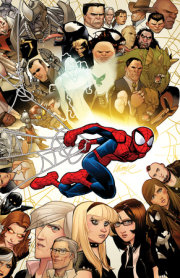
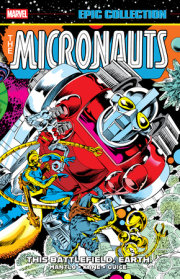
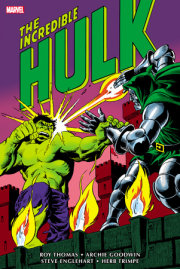
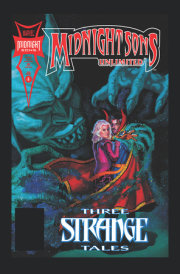
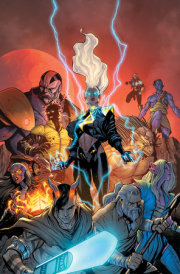
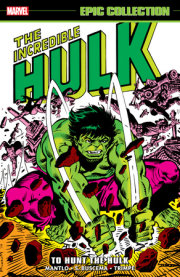
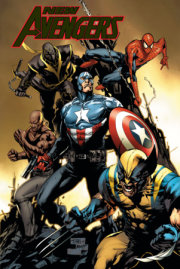
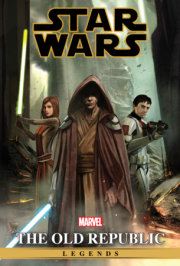
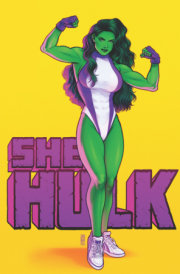
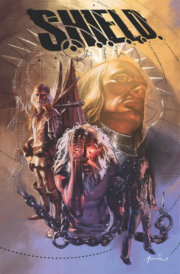

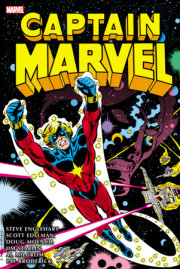
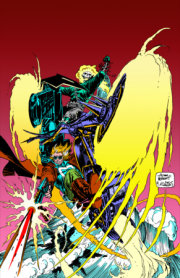
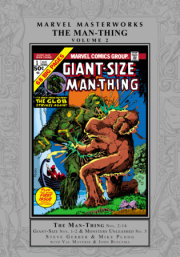
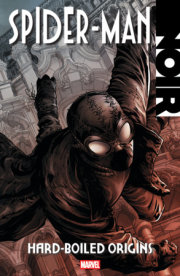
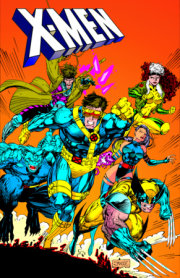
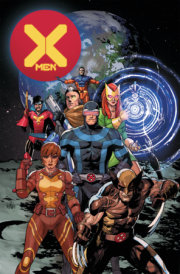
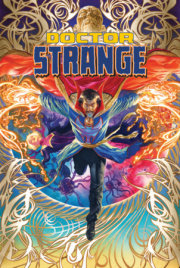
![Tomb Of Dracula Omnibus Vol. 1 Neal Adams Cover [New Printing 2]](https://images.penguinrandomhouse.com/cover/9781302965037?width=180)
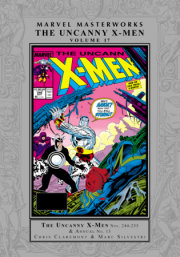
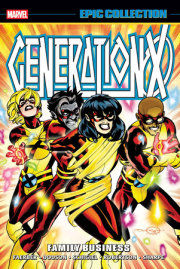
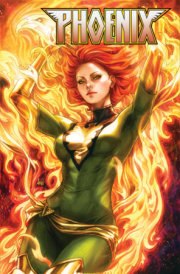
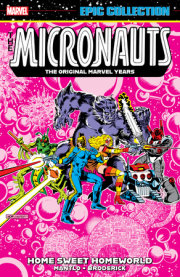
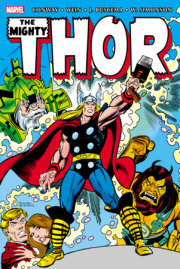
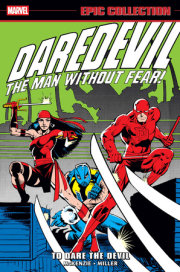
![Iron Man: Demon In A Bottle [New Printing 2]](https://images.penguinrandomhouse.com/cover/9781302961817?width=180)
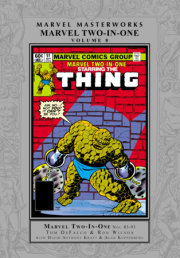
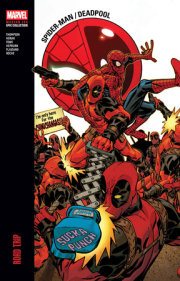
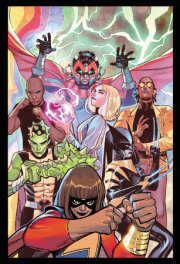
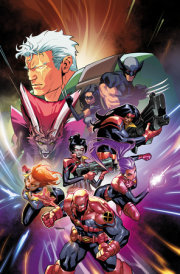
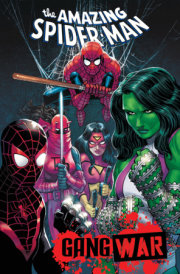
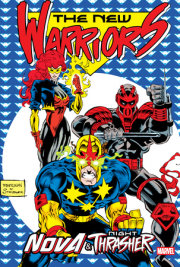
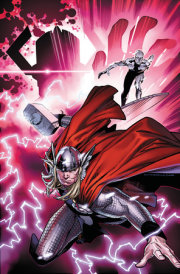
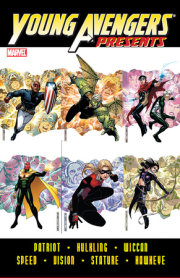
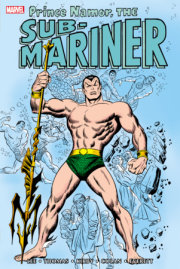
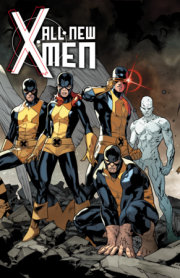
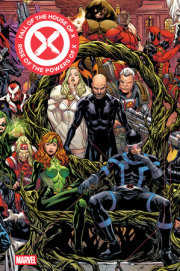
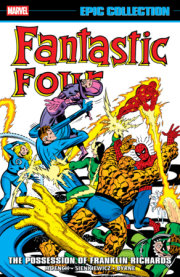
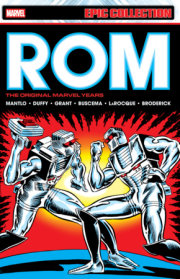
![Original Sin [New Printing]](https://images.penguinrandomhouse.com/cover/9781302966249?width=180)
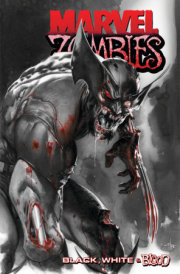
![X-Factor By Peter David Omnibus Vol. 1 Larry Stroman Cover [New Printing]](https://images.penguinrandomhouse.com/cover/9781302963705?width=180)
![Avengers West Coast Epic Collection: Vision Quest [New Printing]](https://images.penguinrandomhouse.com/cover/9781302963910?width=180)
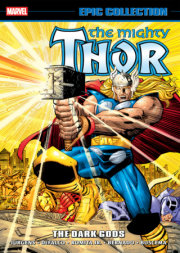
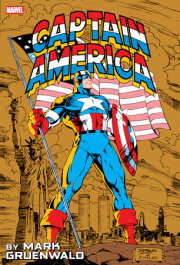
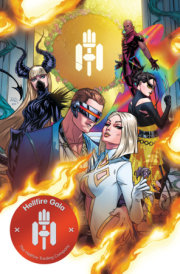
![Wolverine Goes To Hell Omnibus Jae Lee Cover [New Printing]](https://images.penguinrandomhouse.com/cover/9781302961381?width=180)
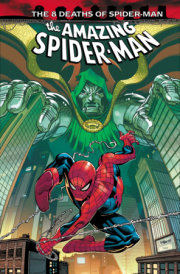
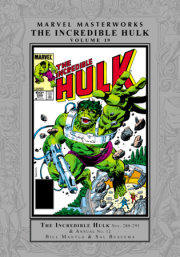
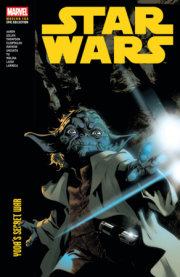
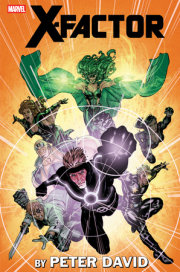
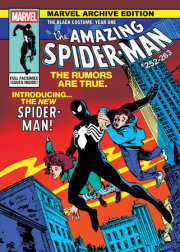


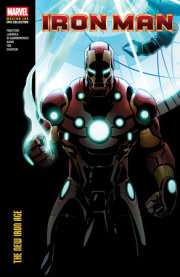
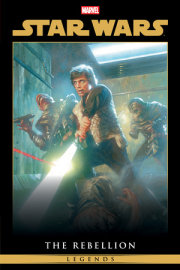
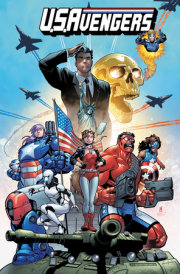
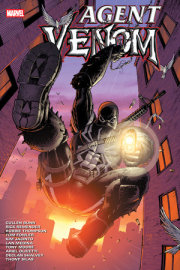

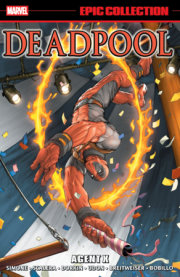
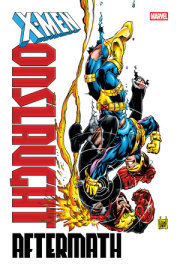
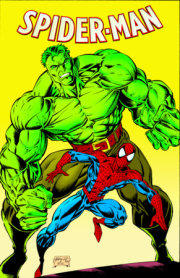
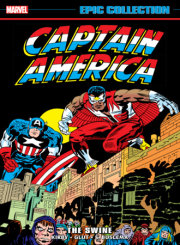
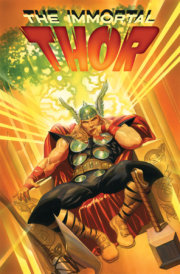
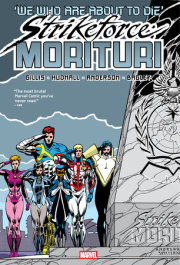
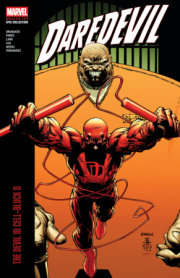
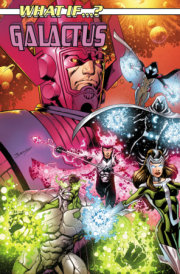

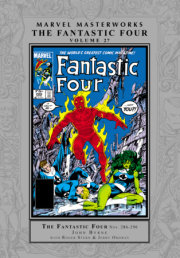
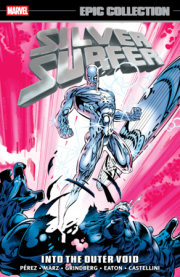
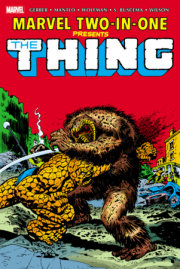
![X-Men: Age Of Apocalypse Vol. 2 - Reign [New Printing]](https://images.penguinrandomhouse.com/cover/9781302963958?width=180)
